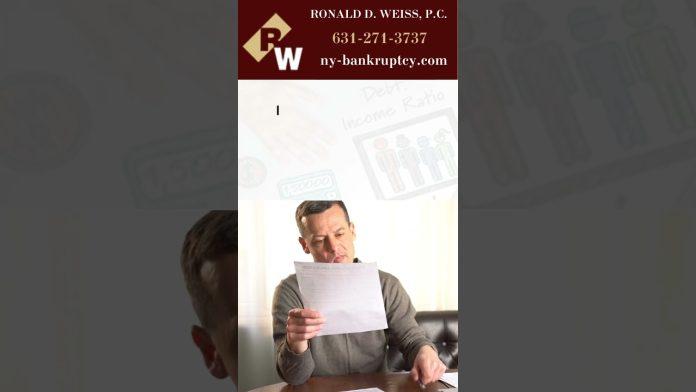What are Contested Bankruptcy Motions?
Bankruptcy cases rarely run smoothly and easily. If you live in New York and are about to go through the bankruptcy process, here is something to need to know.
When the Courts Need to Step In
While much of the bankruptcy process is administrative (handled by a bankruptcy trustee), you can end up in front of a judge for a number of reasons (which is why having the right bankruptcy attorney is so important).
If there are any concerns that something fraudulent is happening, you may find yourself in an Adversary Proceeding, which is handled in concurrence with your bankruptcy case.. Otherwise, you may find yourself dealing with Contested Motions. The difference between the two include:
| Contested Motions | Adversary Proceeding |
| Usually are routine matters that come up in regular bankruptcy proceedings | Non-routine, serious matters including charges of fraud; can be used to discharge your case |
| Less formal; discussion and negotiation based | More formal; litigation based |
| Is considered part of your existing bankruptcy case; uses the same case number | While part of your bankruptcy, it is considered a separate judicial procedure and has a different case number |
Lean more about Adversary Proceedings here.
Contested Bankruptcy Motions
These are several types of contented motions, some examples of which:
- Motions for Relief from the Automatic Stay
- Motions to Convert a Case
- Motions to Amend a Confirmed Plan
- Motions Objecting to a Proof of Claim
Motions for Relief from the Automatic Stay
This is one of the most common contested bankruptcy motions. As soon as you declare bankruptcy, an automatic stay prevents your creditors from trying to collect what you own. This motion is what they will use to try and convince a judge that their specific debt shouldn’t be covered by the stay.
Motions to Dismiss
This can occur if your bankruptcy trustee or creditors feel that your bankruptcy case is not viable, fraudulent, or you are declaring the wrong type of bankruptcy.
Motions to Convert a Case
This can happen in one of two ways. You yourself can ask to convert one type of bankruptcy to another (if you thought you could reorganize via Chapters 11 or 13 and realized that you need Chapter 7 instead). Or the motion can come from the bankruptcy trustee or creditors if they feel you are unable to meet the demands of your original filing.
Motions to Amend a Confirmed Plan
Going through a reorganization through Chapters 11 or 13 can take years. If things change for you over this time, your bankruptcy plans may need to change. You and your bankruptcy attorney would need to make a motion in order to modify your original plans, which may trigger objections from your creditors.
Motions Objecting to a Proof of Claim
As part of the bankruptcy process, your creditors will file a Proof of Claim to document what you owe them. With the right bankruptcy lawyer in your corner, you may be able to object to aspects of a creditor’s Proof of Claim in order to negotiate the debt into something more favorable to you.
You can learn more about contested bankruptcy motions here.
What to Do Next
Since there are so many variables in each bankruptcy case, the best option you have is to contact an experienced bankruptcy lawyer to get advice on your particular situation. Reach out to New York bankruptcy attorney Ronald D. Weiss, P.C. for a free consultation. He can tell you what you need to know about the New York bankruptcy process, and help you get your case started. Call 631-825-8214 and take the first step to a fresh start.
